Camassia scilloides is our native hyacinth. It’s probably not related to the cultivated hyacinth–Hyacinthus orientalis. Both were once placed in the Lily family–Liliaceae, but are now separated, with Hyacinthus orientalis now being in the Hyacinthus family and Camassia scilloides now being assigned to the Agavaceae family. The cultivated hyacinth is native to southwestern Asia. It was introduced to Europe in the 16th century and popularized in the Netherlands. Hyacinthus orientalis has beautiful, showy flowers and a powerfully sweet scent. Camassia scilloides has a more delicate appearance and scent. It’s flowers are in shades of lilac or very pale blue with starry yellow anthers that flutter in the slightest breeze. These pretty flowers look like they belong on Ozark Edge, contrasting with the fresh green of the spring grasses and harmonizing with the blue gray stone. I don’t have anything against the cultivated hyacinth, but, I guess you can tell which hyacinth I prefer.
Latin Name/Common Name—Camassia scilloides is the scientific name. The most common name is Wild Hyacinth.
Bloom Color– The raceme of flowers varies from lavender to very pale blue, almost white. Six lemon-yellow anthers top long filaments that spray past each flower like tiny fireworks. They give the flowers a sparkly look when the sun shines through. Just lovely. The green ovary with a central style adds color intensity at each flower base.
Pretty flowers of our Native Wild hyacinth
Macro view of a single flower
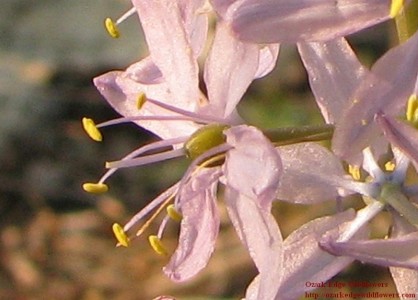
Macro view showing protruding stamens and central ovary
Description– Camassia scilloides arises from a bulb in early spring. The linear leaves emerge from a basal rosette. The leaves are keeled (having a central crease) and are often folded lengthwise near their origin. A leafless flower stalk appears after the leaves are established. It quickly grows to about 2 ft and terminates into a loose raceme of lightly perfumed flowers.
Folded leaves at plant base
Leaves are keeled
Flower bud forming in early April
Each flower is on a short pedicel. The flower buds open sequentially, with the lowest flowers preceding those at the top.
Pale blue flowers with bright yellow anthers
Lower flowers open first with unopened buds at tip of raceme
Each flower consists of 6 tepals that stick to the growing fruit after they wither. The sweet scent of the flowers is decidedly softer than that of the commonly cultivated, non-native hyacinths.
Faded tepals stuck to fruit soon after flowering
Bloom Time– On Ozarkedge, Camassia scilloides begins flowering in early April and is usually winding up in early May. The bloom time lasts nearly a month. The leaves turn yellow after blooming and by midsummer the entire plant has faded into the earth.
Flower raceme before bloom in early April
Seed capsule
Habitat– Camassia scilloides has surpised me by growing in a variety of habitats on Ozark Edge, from shady deciduous woods to cedar glades with plenty of sun. The commonality between the various habitats seems to be rocky ground. These native hyacinths don’t form thick masses, like Iris cristata. They tend to grow singly. But when one is found, careful inspection usually uncovers more nearby. This is not an in your face plant, the pale flowers blend in with the native stone. The casual hiker may pass them by, unaware that such beauty is within a footfall.
Habitat in open woodland
Habitat in rocky cedar glade
What’s Growing Nearby?– Depending on the habitat, Camassia scilloides has different companions. In the cedar glades it grows and blooms simultaneously with Nothoscordum bivalve (False garlic), Glandularia Canadensis (Rose vervain) and the occasional Silene virginica (Fire pink). Calamintha arkansana (Ozark calamint) is a companion that will bloom soon after Camassia scilloides. You will know it is nearby when you step on it and inhale its strong minty aroma. Draba cuneifolia is a small glade plant that is just finishing it’s bloom time when Camassia scilloides is starting. It puts up a raceme of sweet scented tiny white flowers.
Glandularia canadensis growing near Camassia scilloides
The young leaves of Dodocatheon meadia (Shooting star) and blooms of Senecio obovatus (Roundleaf groundsel) are woodland companions of Camassia scilloides.
Senecio obovatus Nothoscordum bivalve Dodecatheon meadia
Endangered List– Although Camassia scilloides is known across the eastern United States, its’ numbers are decreasing. It is on the Threatened list in Michigan and North Carolina and is on the Endangered list in Pennsylvania and Wisconsin.
http://plants.usda.gov/java/profile?symbolOn=CASC5
Natureserve clearly shows the vulnerable status of this beautiful native. It’s Critically Imperiled in Ontario, Pennsylvania, Virginal and North Carolina and Imperiled in Iowa, Wisconsin, Pennsylvania, South Carolina, Georgia and Mississippi. It’s Imperiled in Louisiana and Iowa. West Virginia and Kentucky list it as Apparently Secure. Sadly it is Unranked in all other states within its range.
Interesting tidbits– Camassia scilloideIs bulbs were used as a food source by Native Americans. But, since the plant has a similar appearance to the poisonous Death Camas (Zygadenus nuttallii), it’s best to simply observe its’ beauty instead of eating the tubers.
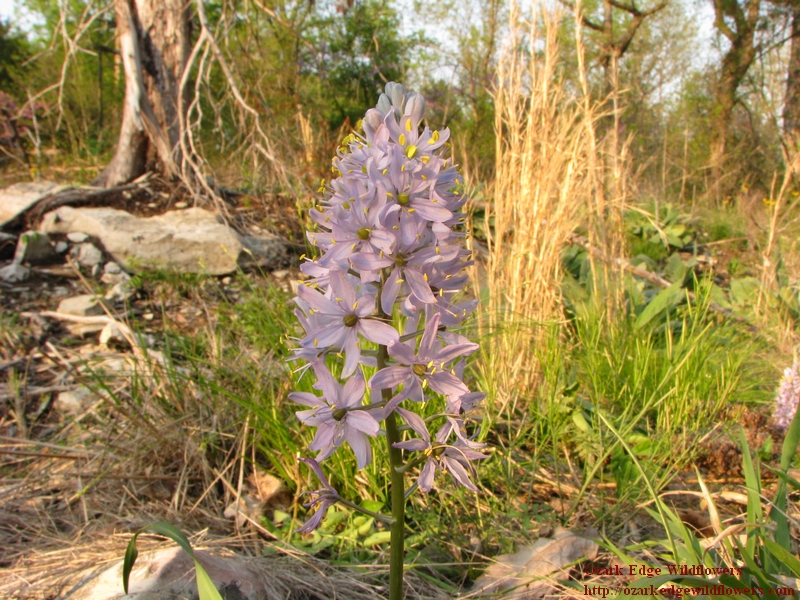
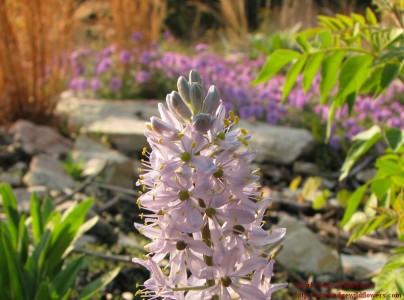
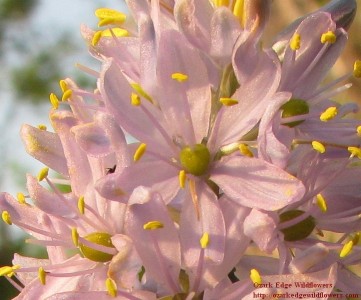
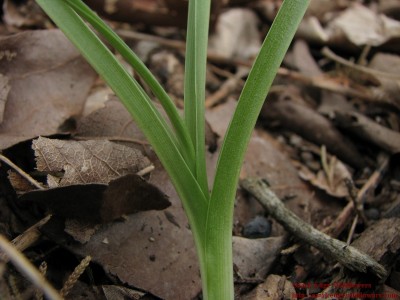
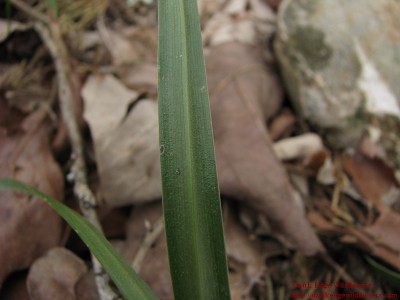
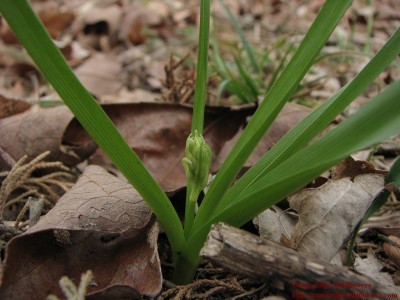
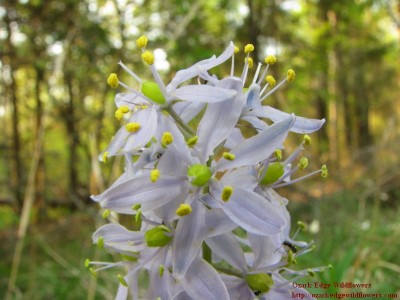
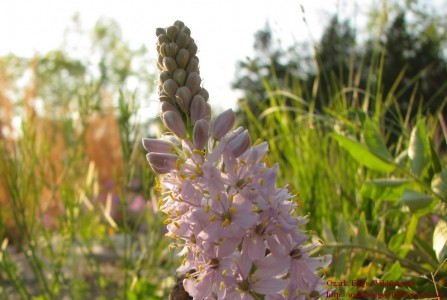
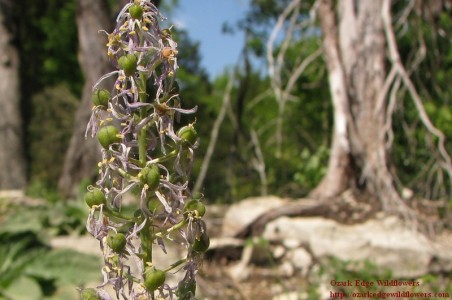
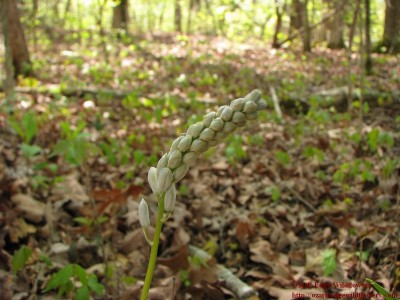
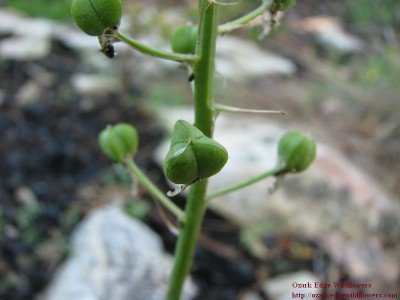
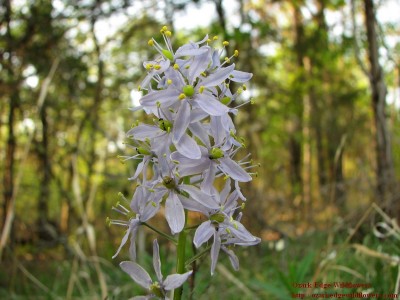
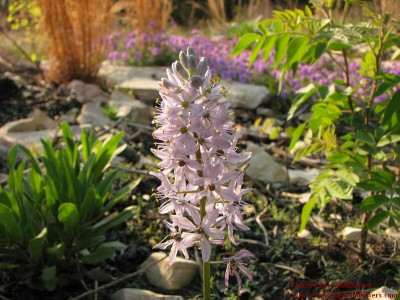
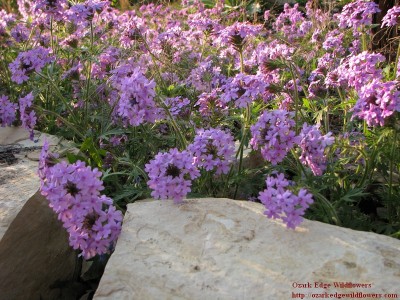
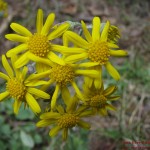
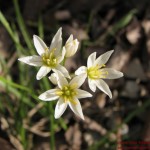
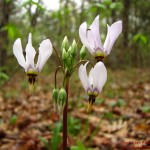
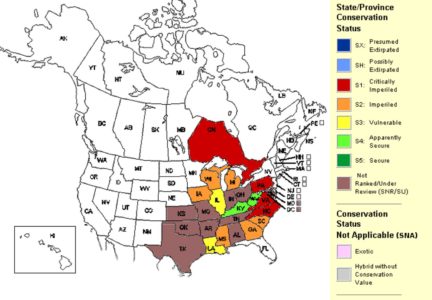 *NatureServe. 2018. NatureServe Explorer: An online encyclopedia of life [web application]. Version 7.1. NatureServe, Arlington, Virginia. Available http://explorer.natureserve.org. (Accessed: February 15, 2019 ).
*NatureServe. 2018. NatureServe Explorer: An online encyclopedia of life [web application]. Version 7.1. NatureServe, Arlington, Virginia. Available http://explorer.natureserve.org. (Accessed: February 15, 2019 ).